Perfluorooctanoic Acid
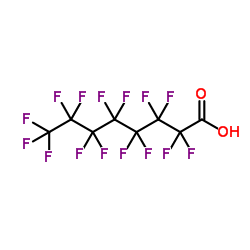
Perfluorooctanoic Acid structure
|
Common Name | Perfluorooctanoic Acid | ||
|---|---|---|---|---|
| CAS Number | 335-67-1 | Molecular Weight | 414.068 | |
| Density | 1.7±0.1 g/cm3 | Boiling Point | 188.0±0.0 °C at 760 mmHg | |
| Molecular Formula | C8HF15O2 | Melting Point | 55-56 °C(lit.) | |
| MSDS | Chinese USA | Flash Point | 62.1±25.9 °C | |
| Symbol |



GHS05, GHS07, GHS08 |
Signal Word | Danger | |
| Name | perfluorooctanoic acid |
|---|---|
| Synonym | More Synonyms |
| Density | 1.7±0.1 g/cm3 |
|---|---|
| Boiling Point | 188.0±0.0 °C at 760 mmHg |
| Melting Point | 55-56 °C(lit.) |
| Molecular Formula | C8HF15O2 |
| Molecular Weight | 414.068 |
| Flash Point | 62.1±25.9 °C |
| Exact Mass | 413.973694 |
| PSA | 37.30000 |
| LogP | 7.75 |
| Vapour Pressure | 0.3±0.7 mmHg at 25°C |
| Index of Refraction | 1.289 |
| InChIKey | SNGREZUHAYWORS-UHFFFAOYSA-N |
| SMILES | O=C(O)C(F)(F)C(F)(F)C(F)(F)C(F)(F)C(F)(F)C(F)(F)C(F)(F)F |
| Storage condition | 2-8°C |
| Stability | Stable. Incompatible with bases, oxidizing agents, reducing agents. |
| Water Solubility | 3.4 g/L |
CHEMICAL IDENTIFICATION
HEALTH HAZARD DATAACUTE TOXICITY DATA
MUTATION DATA
|
| Symbol |



GHS05, GHS07, GHS08 |
|---|---|
| Signal Word | Danger |
| Hazard Statements | H302 + H332-H318-H351-H360D-H362-H372 |
| Precautionary Statements | P201-P260-P263-P280-P305 + P351 + P338 + P310-P308 + P313 |
| Target Organs | Liver |
| Personal Protective Equipment | Eyeshields;Faceshields;full-face particle respirator type N100 (US);Gloves;respirator cartridge type N100 (US);type P1 (EN143) respirator filter;type P3 (EN 143) respirator cartridges |
| Hazard Codes | C:Corrosive |
| Risk Phrases | R34 |
| Safety Phrases | S26-S36/37/39-S45-S36/37 |
| RIDADR | UN 3261 8/PG 3 |
| WGK Germany | 2 |
| RTECS | RH0781000 |
| Packaging Group | III |
| Hazard Class | 8 |
| HS Code | 29159080 |
| Precursor 10 | |
|---|---|
| DownStream 10 | |
| HS Code | 2915900090 |
|---|---|
| Summary | 2915900090 other saturated acyclic monocarboxylic acids and their anhydrides, halides, peroxides and peroxyacids; their halogenated, sulphonated, nitrated or nitrosated derivatives VAT:17.0% Tax rebate rate:9.0% Supervision conditions:AB(certificate of inspection for goods inward,certificate of inspection for goods outward) MFN tariff:5.5% General tariff:30.0% |
|
Perfluorooctane sulfonate (PFOS) and perfluorooctanoic acid (PFOA): emerging contaminants of increasing concern in fish from Lake Varese, Italy.
Environ. Monit. Assess. 187 , 438, (2015) Perfluoroalkylated substances (PFASs) are highly fluorinated aliphatic compounds with high thermal and chemical stability, used in a range of industrial applications. Extensive screening analyses in b... |
|
|
Occurrence of perfluorinated alkyl substances in sediment from estuarine and coastal areas of the East China Sea.
Environ. Sci. Pollut. Res. Int. 22(3) , 1662-9, (2015) Perfluorinated alkyl substances (PFAS) have drawn much attention due to their environmental persistence, ubiquitous existence, and bioaccumulation potential. The occurrence and spatial variation of PF... |
|
|
Associations between perfluoroalkyl compounds and immune and clinical chemistry parameters in highly exposed bottlenose dolphins (Tursiops truncatus).
Environ. Toxicol. Chem. 32(4) , 736-46, (2013) Perfluoroalkyl compounds (PFCs) are ubiquitous, persistent chemical contaminants found in the environment, wildlife, and humans. Despite the widespread occurrence of PFCs, little is known about the im... |
| A 5717 |
| [14C]-Perfluorooctanoic acid |
| nPFOA |
| Eftop EF 201 |
| perfluorocaprylic acid |
| RARECHEM AL BO 0424 |
| pentadecafluorocaprylic acid |
| Pentadecafluorooctanoic acid |
| octanoic acid, pentadecafluoro- |
| EF 201 |
| Perfluoroctanoic acid |
| Perfluorooctanoic Acid |
| EINECS 206-397-9 |
| Perfluoro-n-octanoic acid |
| PFOA,Perfluorocaprylic acid,Perfluorooctanoic acid |
| PFOA,Perfluorocaprylic acid |
| perfluorooctylcarboxylic acid |
| PFOA |
| MFCD00004174 |
| Perfluorooctanoic Acid High Grade |
| Octanoic acid, 2,2,3,3,4,4,5,5,6,6,7,7,8,8,8-pentadecafluoro- |
| Pentadecafluorooctanoic Acid High Grade |
| PERFLUOROOCTANOATE |
| IPC-PFFA-8 |
| Fluorad FC-26 |
| n-Perfluorooctanoic acid |
| IPC-PFFA-8 HG |
 CAS#:335-95-5
CAS#:335-95-5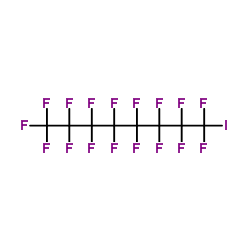 CAS#:507-63-1
CAS#:507-63-1 CAS#:68555-67-9
CAS#:68555-67-9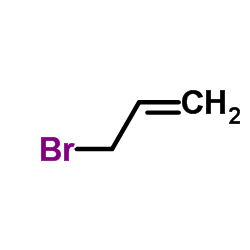 CAS#:106-95-6
CAS#:106-95-6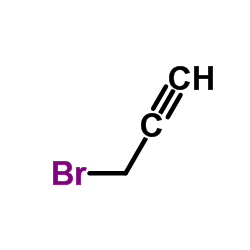 CAS#:106-96-7
CAS#:106-96-7 CAS#:149-44-0
CAS#:149-44-0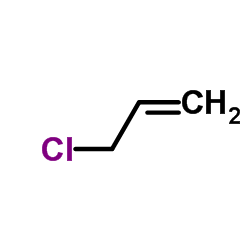 CAS#:107-05-1
CAS#:107-05-1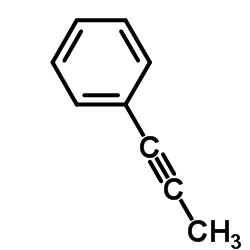 CAS#:673-32-5
CAS#:673-32-5 CAS#:764-93-2
CAS#:764-93-2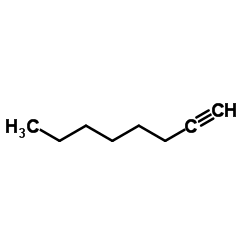 CAS#:629-05-0
CAS#:629-05-0 CAS#:376-27-2
CAS#:376-27-2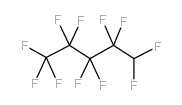 CAS#:375-61-1
CAS#:375-61-1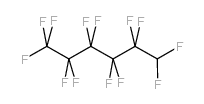 CAS#:355-37-3
CAS#:355-37-3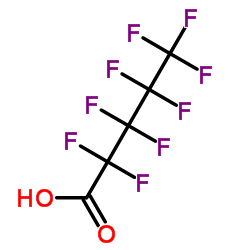 CAS#:2706-90-3
CAS#:2706-90-3 CAS#:375-83-7
CAS#:375-83-7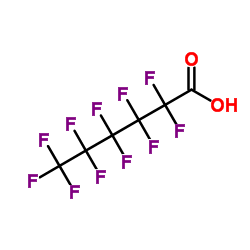 CAS#:307-24-4
CAS#:307-24-4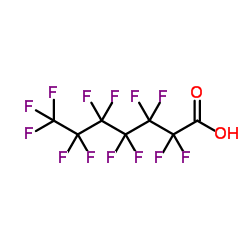 CAS#:375-85-9
CAS#:375-85-9 CAS#:335-64-8
CAS#:335-64-8 CAS#:355-63-5
CAS#:355-63-5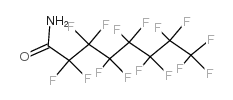 CAS#:423-54-1
CAS#:423-54-1
